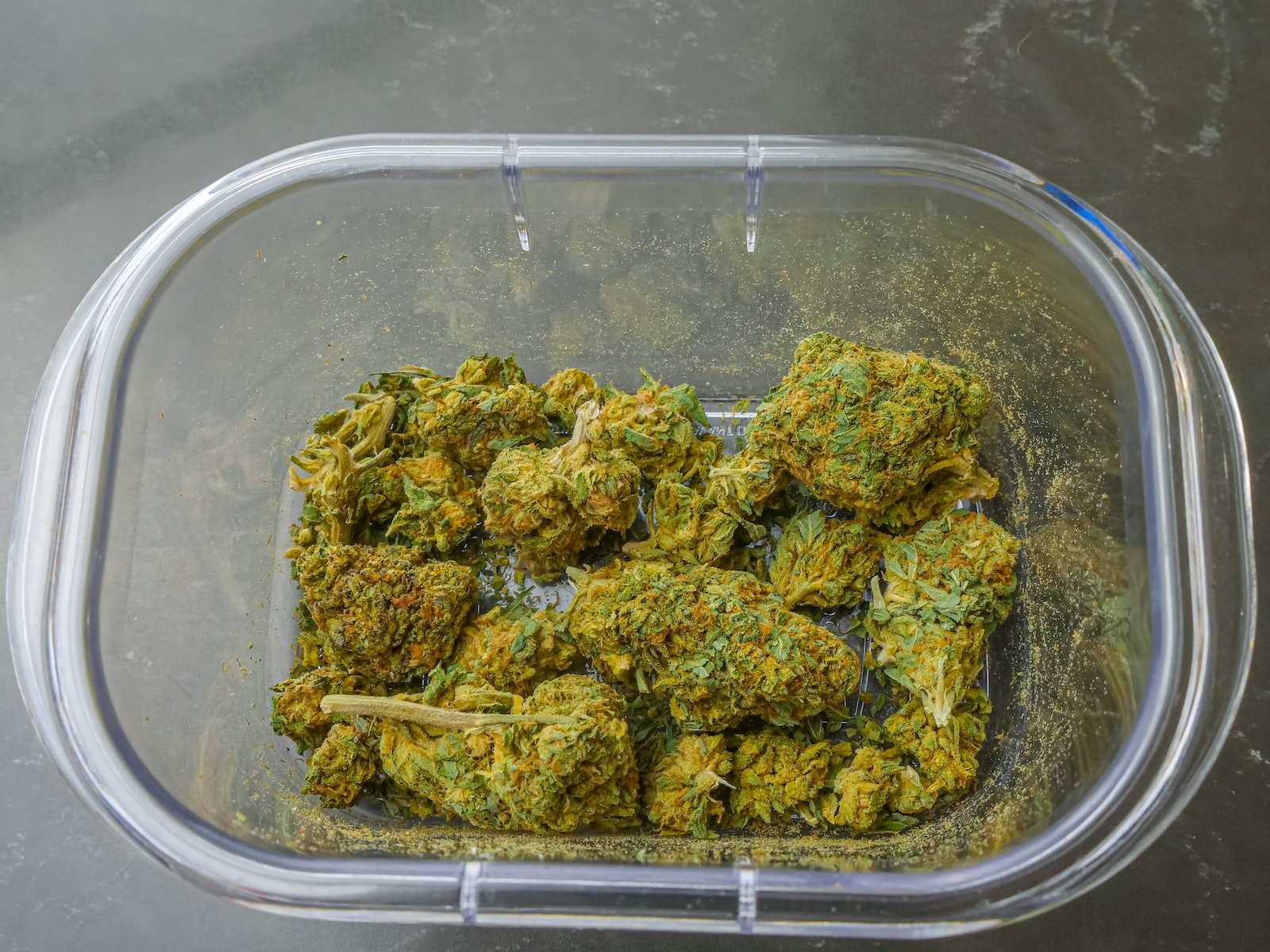Cannabis cultivation has come a long way, evolving from clandestine grow operations to a legalized and celebrated practice. Whether you’re a seasoned cultivator or a novice looking to explore the world of cannabis horticulture, understanding how to trellis cannabis is a critical skill. This guide will walk you through the process of trellising, offering insights, tips, and step-by-step instructions to ensure your cannabis plants thrive.

How to Trellis Cannabis
Trellising is the practice of providing support for your cannabis plants by using various techniques and materials. It involves guiding the growth of the plant to optimize light exposure, air circulation, and overall plant health. Here’s a detailed breakdown of how to trellis cannabis successfully:
1. Selecting the Right Trellis System
Choosing the appropriate trellis system is crucial. Consider factors like space, plant size, and your preferred cultivation method. Options include horizontal trellises, vertical trellises, and scrog (Screen of Green) setups.
2. Preparing Your Cannabis Plants
Before trellising, ensure your cannabis plants are healthy and well-established. They should have a strong root system and be at a suitable stage of growth, typically during the vegetative phase.
3. Installing the Trellis
Place your chosen trellis system above the canopy of your cannabis plants. Ensure it’s sturdy and securely anchored to prevent collapsing as the plants grow.
4. Tying Down Branches
Gently bend and tie down the branches of your cannabis plants, allowing them to spread horizontally along the trellis. This technique maximizes light exposure to all parts of the plant, promoting even growth.
5. Pruning and Defoliation
Regularly prune and defoliate your cannabis plants to remove excess foliage that may hinder airflow and light penetration. This encourages healthier growth and minimizes the risk of mold and mildew.
6. Training Techniques
Utilize training techniques such as Low-Stress Training (LST) and High-Stress Training (HST) to shape your plants and optimize yield. LST involves bending branches gently, while HST may involve more aggressive methods like topping or super cropping.
7. Maintaining Proper Spacing
Ensure adequate spacing between plants to prevent overcrowding, which can lead to reduced airflow and increased susceptibility to pests and diseases.
8. Monitoring and Adjusting
Regularly monitor your trellised cannabis plants, making adjustments as needed. Ensure that branches are properly secured to the trellis and that the canopy remains even.
9. Supporting Heavy Buds
As your cannabis plants mature, they may develop heavy buds. Use additional support, such as stakes or netting, to prevent branches from breaking under the weight.
10. Pest and Disease Management
Implement pest and disease management strategies to keep your trellised cannabis healthy. This includes routine inspections, organic pest control methods, and maintaining a clean growing environment.
11. Flowering Stage Considerations
During the flowering stage, continue to support and trellis your cannabis plants. Be mindful of the increased weight of developing buds and adjust your support accordingly.
12. Harvesting
When it’s time to harvest, carefully remove your cannabis buds from the trellis system. Take care not to damage the plants in the process.
Frequently Asked Questions (FAQs)
What is the purpose of trellising cannabis?
Trellising cannabis serves several purposes, including optimizing light exposure, increasing air circulation, and promoting even growth. It also helps support heavy buds and reduces the risk of pest and disease problems.

Can I trellis indoor and outdoor cannabis plants?
Yes, trellising can be used for both indoor and outdoor cannabis cultivation. It’s a versatile technique that can be adapted to various growing environments.
Is trellising necessary for all cannabis strains?
While trellising can benefit most cannabis strains, some naturally grow in a way that doesn’t require extensive trellis support. However, it’s still a useful practice for ensuring the best possible harvest.
What materials can I use for trellising?
Common trellising materials include garden netting, bamboo stakes, and PVC pipes. The choice of material depends on your specific needs and preferences.
How often should I adjust the trellis?
Regular monitoring is essential, especially during the growth and flowering stages. Adjust the trellis as needed to accommodate the plant’s growth and maintain an even canopy.
Can I reuse trellis materials?
Yes, trellis materials can often be reused for multiple growing cycles. Just ensure they are cleaned and sanitized between uses to prevent the spread of diseases.
Conclusion
Trellising cannabis is a fundamental practice for any cannabis cultivator, whether you’re growing for personal use or as a commercial venture. By following the steps outlined in this guide and adapting them to your specific needs, you’ll be well on your way to mastering the art of trellising cannabis. This method not only enhances plant health and yield but also allows you to enjoy the rewarding experience of nurturing your cannabis plants to their full potential.
